The Peruvian One to Watch has revisited childhood rituals to examine how intimacy lurks behind violence
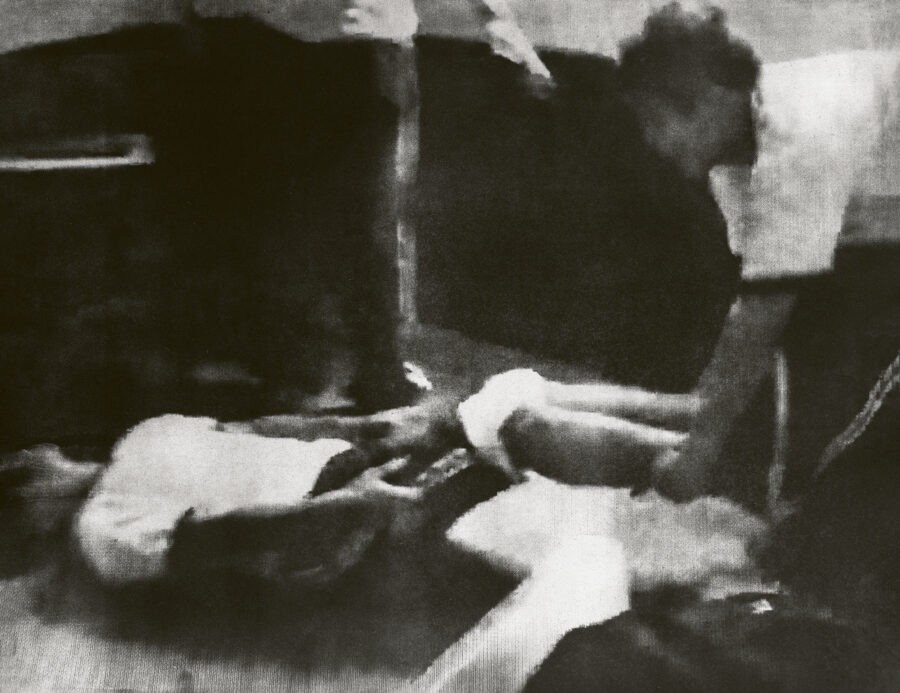

The Peruvian One to Watch has revisited childhood rituals to examine how intimacy lurks behind violence
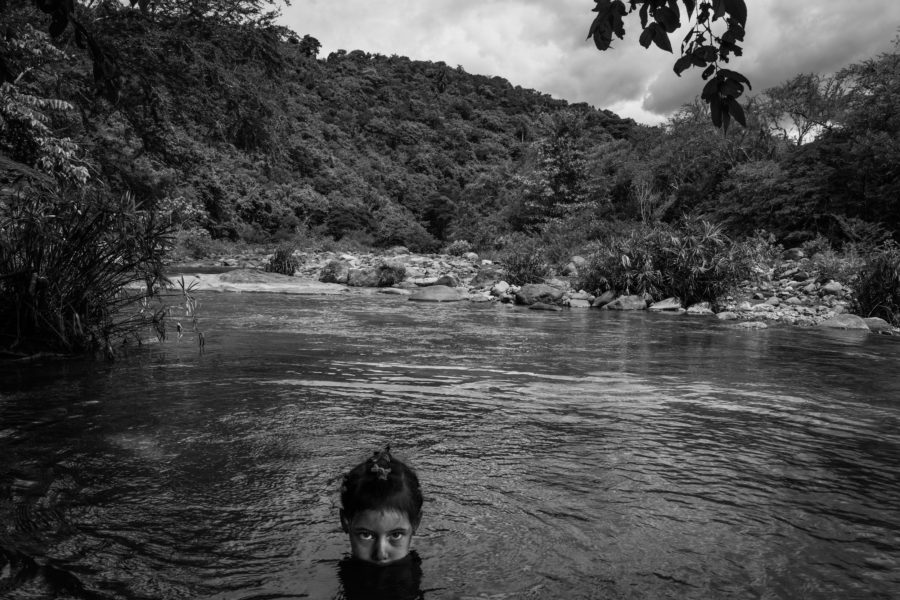
Documenting the everyday lives of “campesino” – Cuba’s farming community – Sharum stresses the universality of human experience
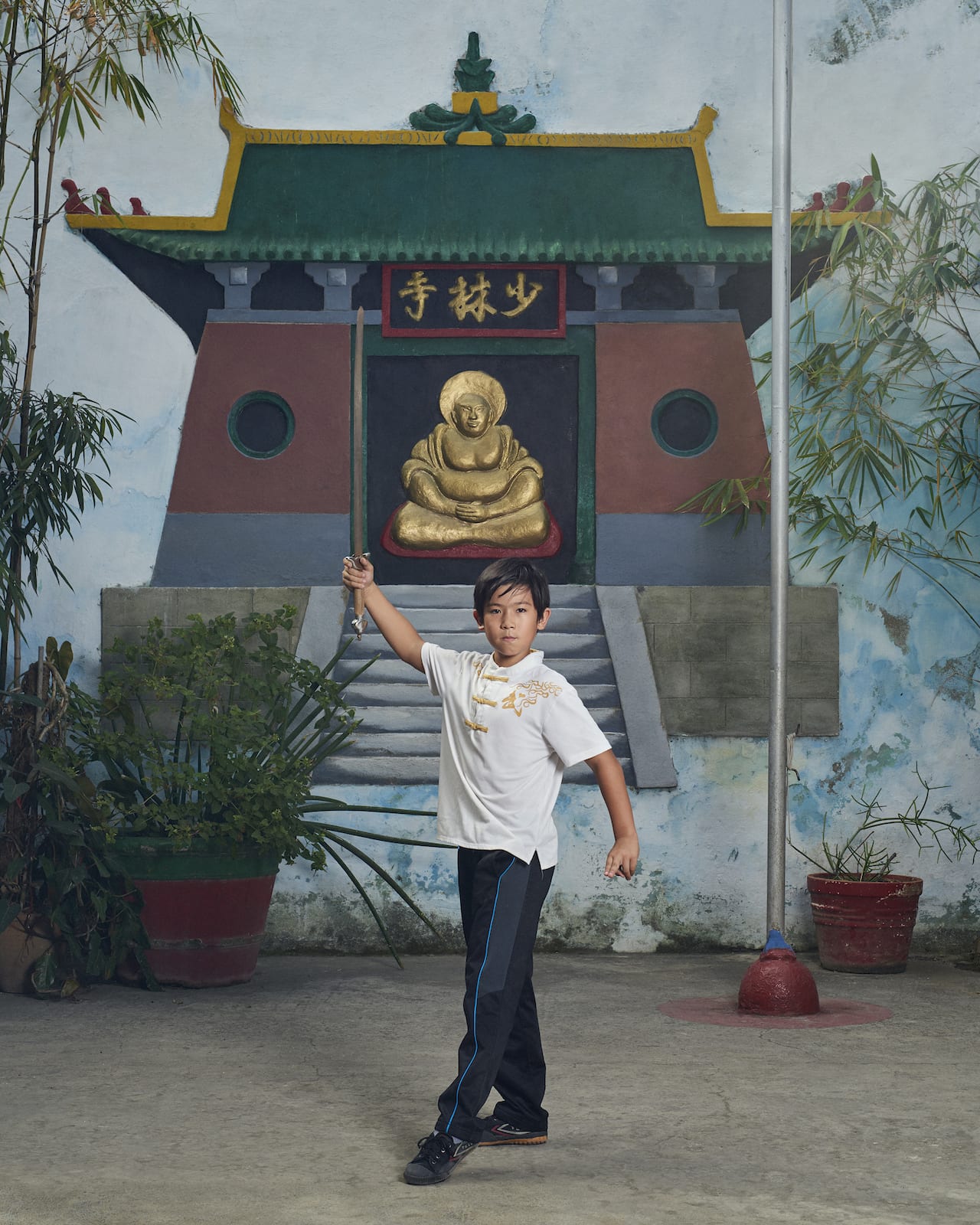
In the 1950s, El Barrio Chino in Havana, Cuba, was one of the largest Chinatowns in Latin America. Now dubbed “A Chinatown with no Chinese,” its remaining residents are committed to its survival
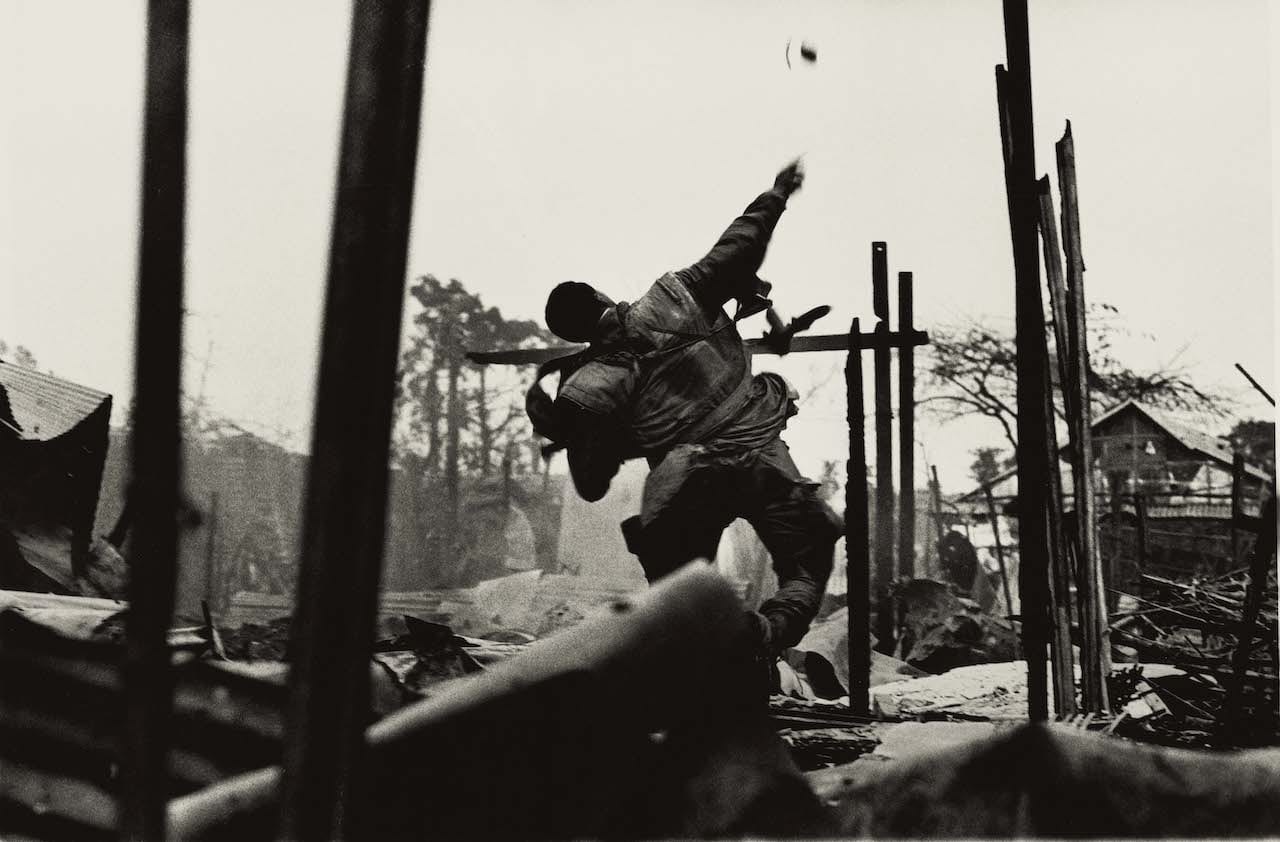
An interview with Don McCullin is never going to be a dull affair – he is a complex man who has told the story of his life many times before. He is unfailingly polite and gentlemanly, but one detects a slightly weary tone as he goes over the familiar ground. He often pre-empts the questions with clinical self-awareness.
The story of McCullin’s rise from the impoverished backstreets of Finsbury Park in north London is one of fortuitous good luck, but it didn’t start out that way. Born in 1935, he was just 14 when his father died, after which he was brought up by his dominant, and sometimes violent, mother. During National Service with Britain’s Royal Air Force, he was posted to Suez, Kenya, Aden and Cyprus, gaining experience as a darkroom assistant. He bought a Rolleicord camera for £30 in Kenya, but pawned it when he returned home to England, and started to become a bit of a tearaway.
Redemption came when his mother redeemed the camera, and MccCullin started to take photographs of a local gang, The Guvners. One of the hoodlums killed a policeman, and McCullin was persuaded to show a group portrait of the gang to The Observer. It published the photo, and kick-started a burgeoning career as a photographer for the newspaper.
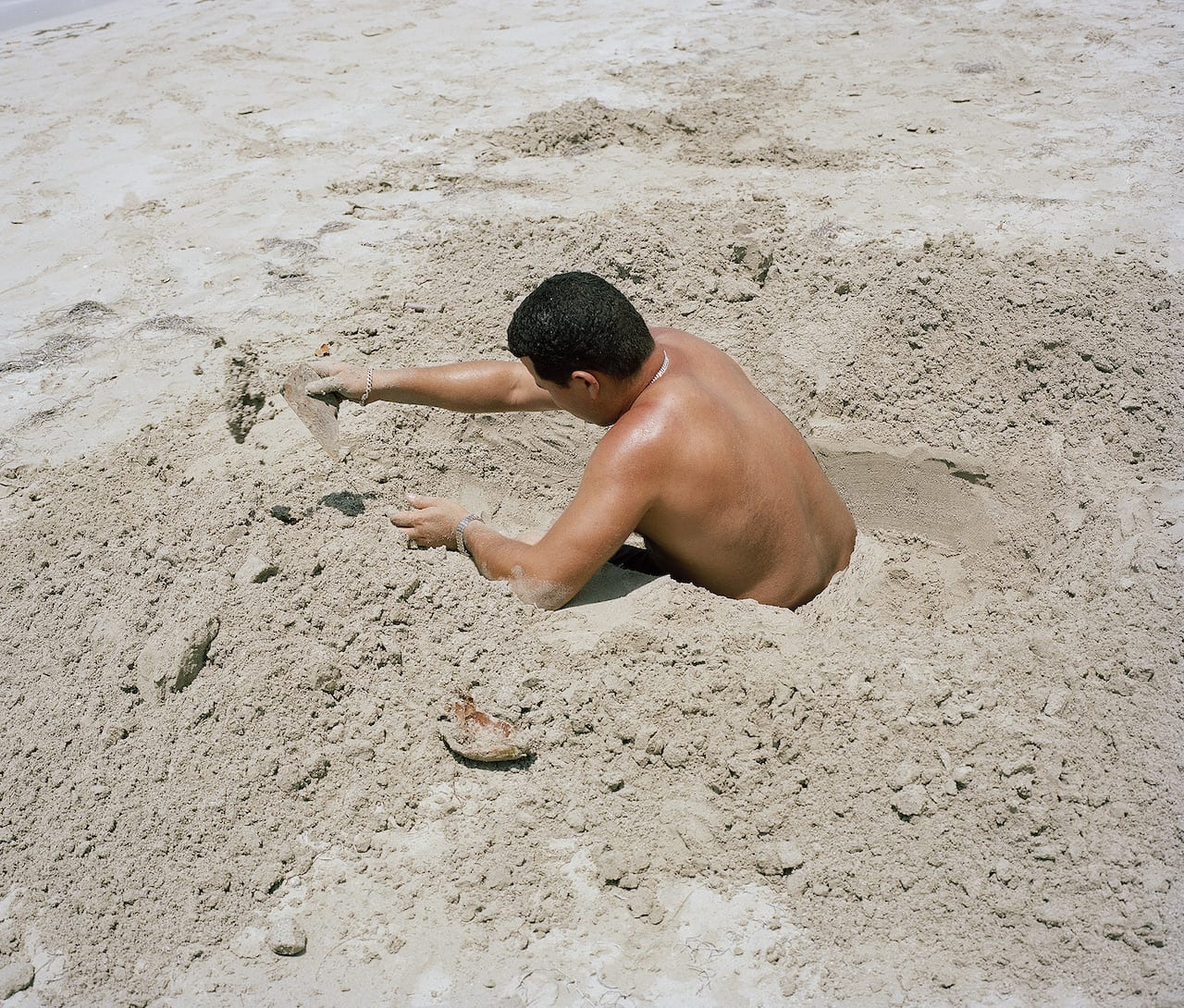
Rose Marie Cromwell went beyond the cliches to build an expressionistic homage to the Cuba she knows and loves. “I wanted to make images that investigated my complicated relationship to this specific place, rather than trying to document something ‘about’ Cuba,” she says.
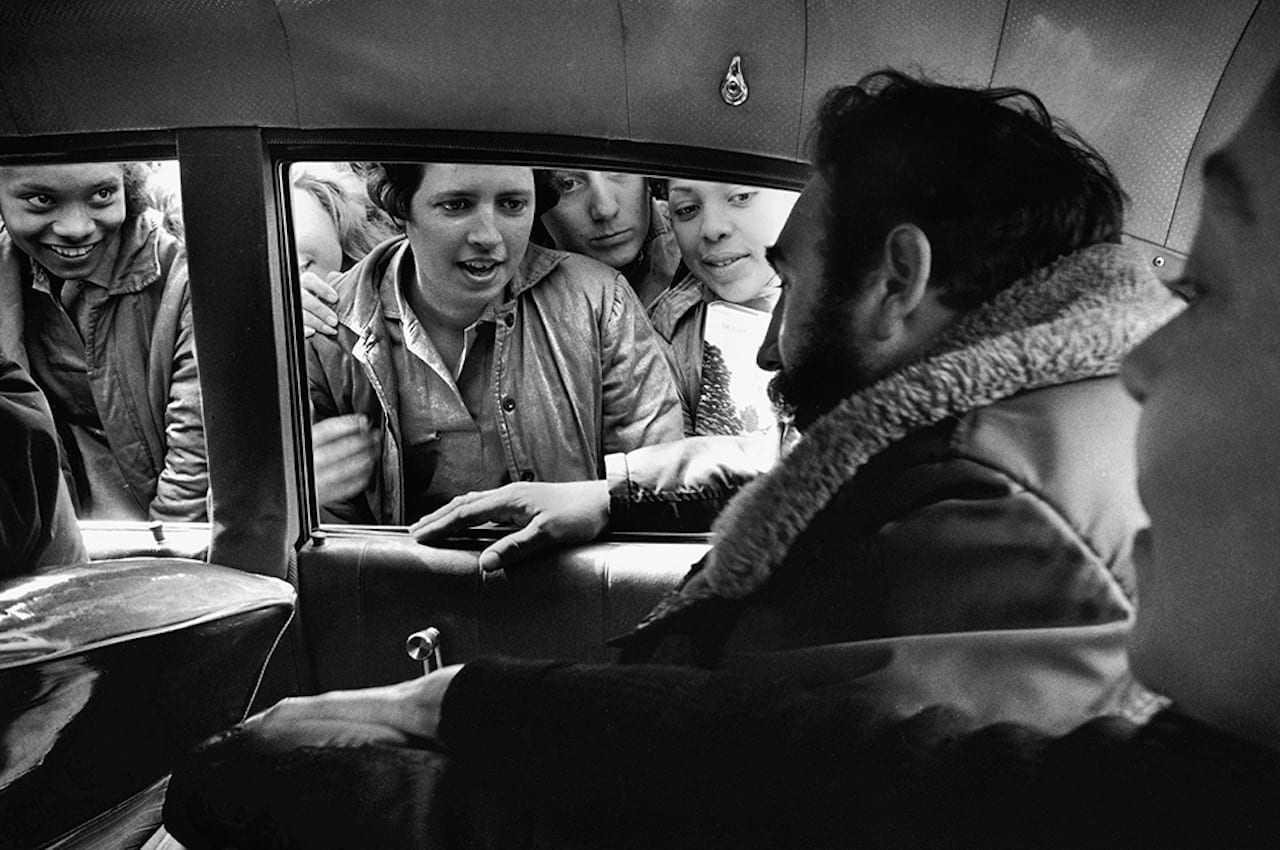
“I don’t start with intentions,” explains Elliott Erwitt. “I take pictures and then see what I’ve got and put something together.” It’s a process which has served him well throughout his career as a photographer. Born in Paris in 1928 to Russian parents, he spent his childhood in Milan, then emigrated to the US, via France, with his family in 1939; he first cut his teeth in the photography industry whilst still at high school, then built up a professional portfolio whilst serving with the Army Signal Corps in Europe. Joining Magnum Photos in 1953, he went on to apply his unmistakable style to everyone from Marilyn Monroe to Presidents of the United States. Now 89, he prefers to let his very varied collection of photographs speak for themselves, and his new collection, Cuba, is no exception. “I took a lot of pictures and sat down and made an edit. The way I always work,” says Erwitt. “[The book] seemed like a good idea since I was going to Cuba anyway
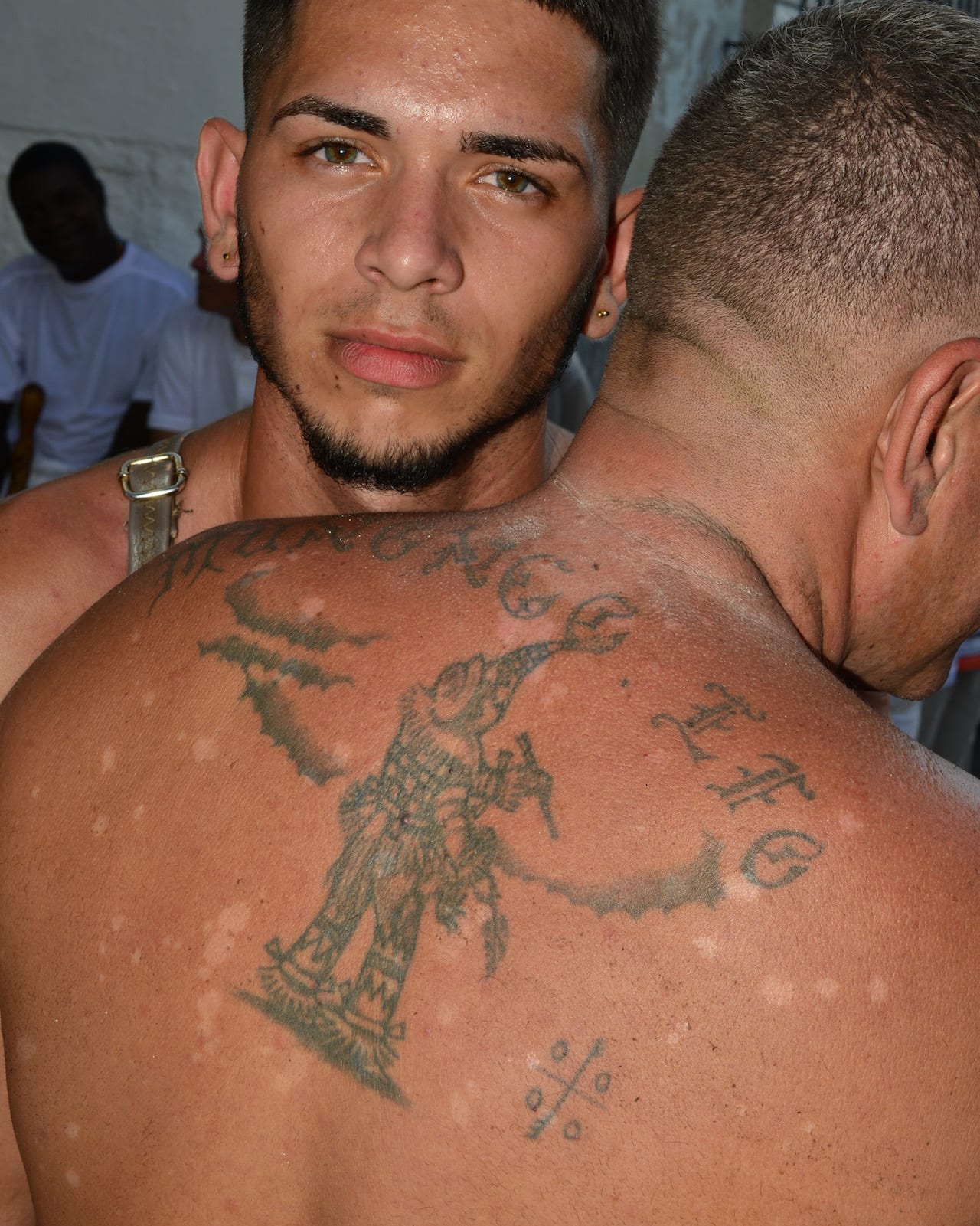
Examining the cultural, religious, and ceremonial practices passed down through generations of African descendants in Cuba, Lo Calzo highlights the variety of identities within the country, and the ways in which they complement one another. Cohabiting “within a personal culture of exchange”, he says, they “borrow each other’s visions, customs and narratives”. He points to the “precarious balancing act” between the familiar Cuba, largely defined by the communist revolution and the society born out of it, and the diverse communities that actually make up the country.
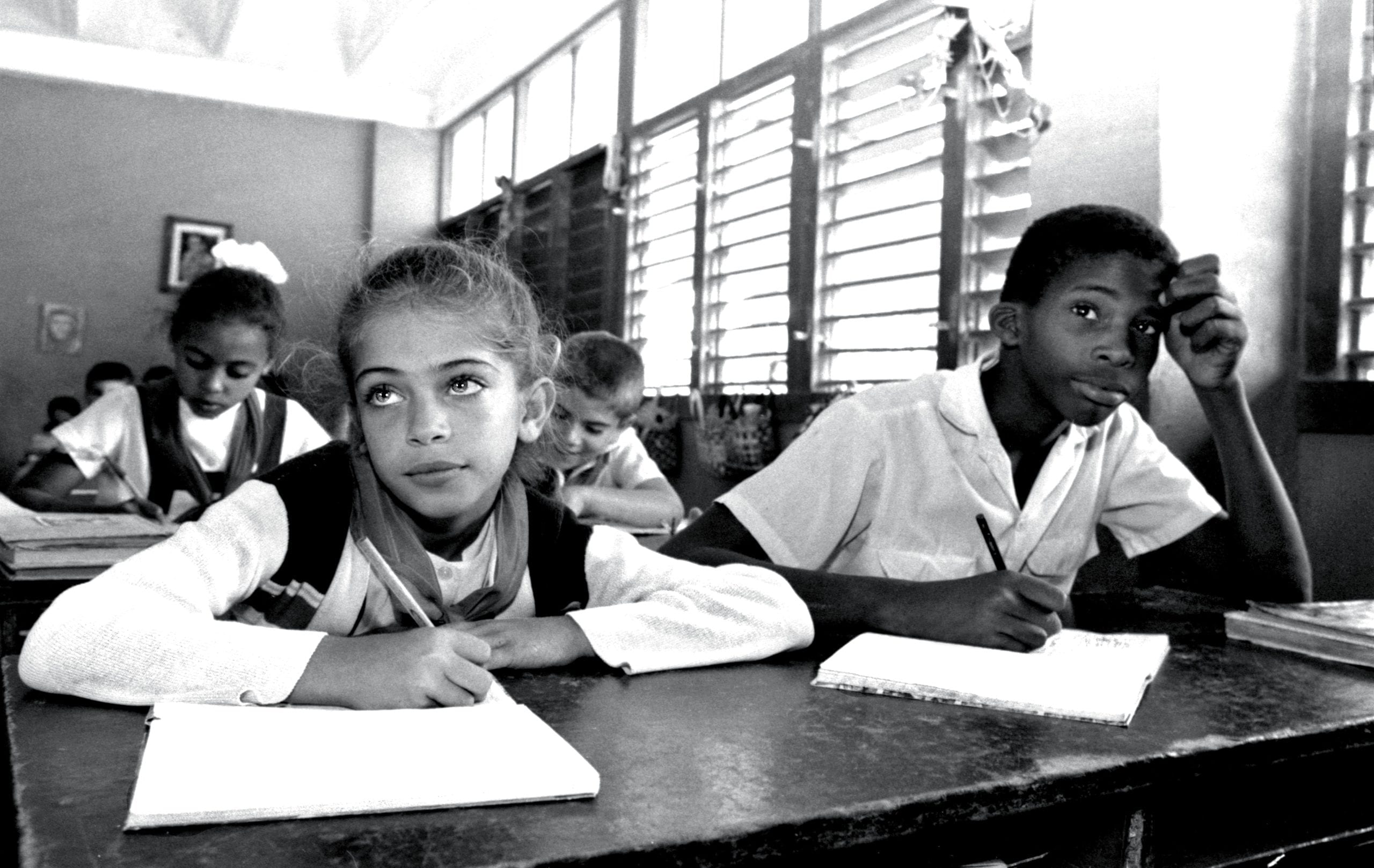
When documentary photographer Manuello Paganelli first landed in Cuba in 1988, he felt as if…